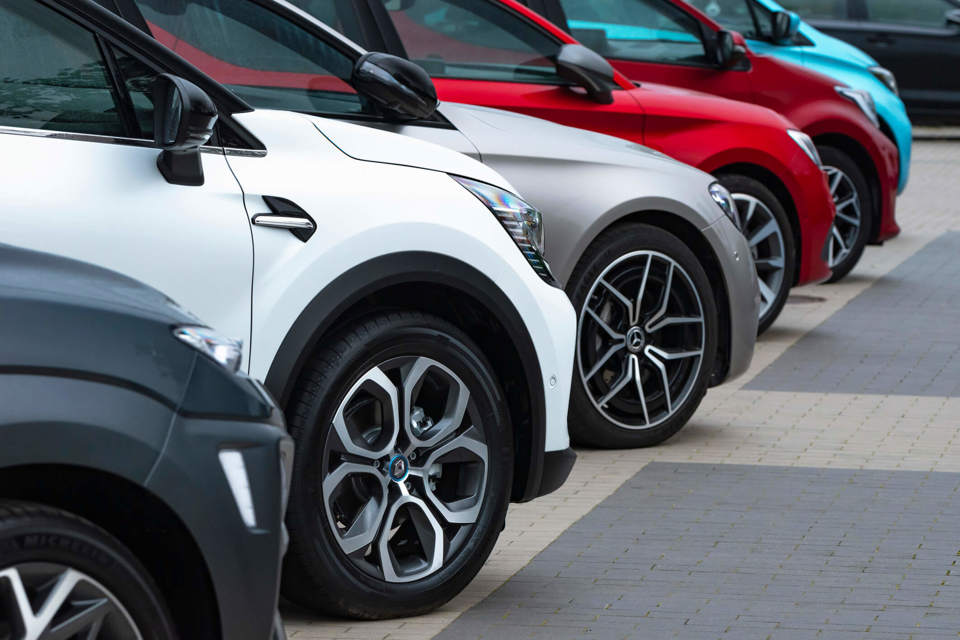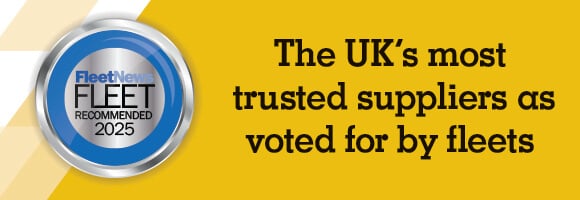Business contract hire (BCH) is up year-on-year, while personal contract hire (PCH) demand has fallen by, according to the latest Leasing Outlook report from the British Vehicle Rental and Leasing Association (BVRLA).
The cost-of-living crisis allied to the ‘sticker shock’ of new lease rentals being much more expensive than for the cars they replace, have led to the marked fall in the size of BVRLA members’ personal contract hire fleets, down 11.3% year-on-year in Q1, 2024.
Over the same period, the three-times-larger business contract hire fleet has grown by 7.5%, while the salary sacrifice fleet soared by 63% (although the figures are boosted by the inclusion of new fleet data from a funder specialising in EVs).
Even so, some executives think salary sacrifice numbers might be even higher, with vehicles provided by brokers or via public sector framework agreements recorded as business contract hire.
The successes of BCH and salary sacrifice have seen the BVRLA’s leasing fleet grow for the fifth consecutive quarter.
However, as the leasing fleet becomes more heavily weighted towards electric vehicles (EVs), demand for EVs in the used market needs to keep pace to avoid residual values spiralling.
Toby Poston, BVRLA director of corporate affairs, said: “The current trajectory of the transition to EVs is increasingly one of the haves and the have-nots.
“Phase-out targets and sales mandates are beginning to force the industry’s hand but will not succeed in isolation. Where incentives have been present, registrations have followed.
“The sectors currently benefitting from such support cannot bear the weight of the full transition alone. As the divergence between corporate and new and used private demand grows, the financial risk associated with bearing that risk becomes unsustainable.”
Used car leasing
One way in which the leasing sector is adapting to a volatile market for second-hand EVs is through used car leasing.
Demand there is up 7.7% in the last quarter alone as more drivers are drawn to accessing a used EV via lease, where they are not personally taking the risk on the residual value.
However, the discounts available for new EVs and the losses that leasing companies are suffering on end-of-contract battery powered cars, mean the second-life lease risks being a very similar price to a new vehicle, says the BVRLA.
Add in transport, inspection and refurbishment costs, and second-life leases for older (rather than early terminated) EVs are difficult to deliver at competitive rentals.
Nor do they offer any financial reprieve for leasing companies, with depreciation losses recorded on balance sheets even if the vehicle is re-leased to a new customer.
The BVRLA’s Leasing Outlook report is produced quarterly, with the latest version containing data to end of Q1 2024.
The statistics and analysis are bolstered by commentary from Fleet Assist (SMR trends and impact of AI), Cap HPI (Impact of ZEV mandate) and Auto Trader (Trends in new and used demand).






















Login to comment
Comments
No comments have been made yet.